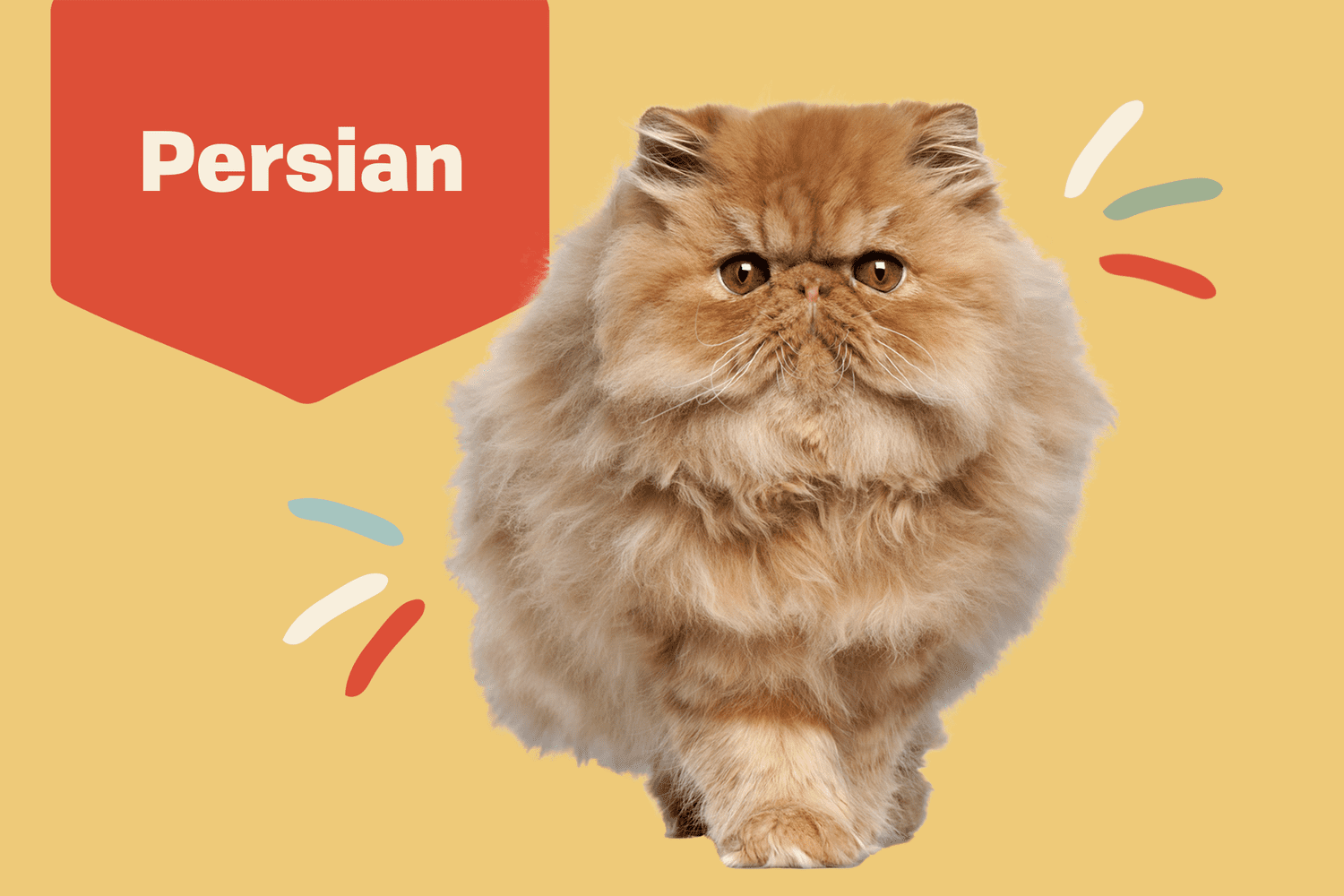The Persian Cat: A Guide to the Regal and Affectionate Feline

The Persian cat, with its luxurious coat, round face, and sweet personality, is one of the most recognizable and beloved cat breeds in the world. Known for their gentle demeanor and affectionate nature, Persians make wonderful companions for those willing to dedicate the time and care they require. In this guide, we’ll explore everything you need to know about Persian cats, from their unique characteristics to their grooming needs and health considerations.
1. Why Choose a Persian Cat?
Persian cats are cherished for several reasons:
- Affectionate Companions: Persians are known for their gentle and loving nature. They often form strong bonds with their owners, enjoying cuddles and lap time. They thrive on human interaction and are perfect for families or individuals seeking a devoted companion.
- Calm and Laid-Back: These cats typically have a calm demeanor, making them suitable for a relaxed home environment. They are less likely to engage in hyperactive play compared to some other breeds, preferring to lounge and observe their surroundings.
- Distinctive Appearance: With their long, flowing fur, flat faces, and large, expressive eyes, Persian cats are truly striking. Their unique look adds to their appeal, making them a popular choice among cat lovers.
2. Caring for a Persian Cat
Owning a Persian cat comes with specific care requirements:
- Grooming: Persian cats have long, thick fur that requires regular grooming to prevent matting and tangles. Brush your Persian at least 2-3 times a week, and consider daily brushing during shedding seasons. Regular grooming also helps reduce hairballs and keeps their coat healthy and shiny.
- Bathing: Some owners choose to bathe their Persians every few months to keep their coats clean and free from oils. Use a gentle cat shampoo and ensure they are thoroughly dried afterward.
- Diet: A balanced diet is crucial for your Persian’s health. Choose high-quality cat food that meets their nutritional needs. Monitor their weight, as Persians can be prone to obesity, and consult your veterinarian for feeding recommendations.
- Health Care: Regular veterinary check-ups are essential to monitor your Persian’s health. Common health concerns in Persian cats include dental issues, respiratory problems due to their flat faces, and certain genetic disorders. Keeping up with vaccinations and preventative care is important.
3. Training Your Persian Cat
While cats are generally less trainable than dogs, Persian cats can still learn:
- Litter Training: Most Persian cats are easily litter trained, but be sure to provide a clean litter box and scoop it regularly to encourage good habits.
- Basic Commands: Using treats and positive reinforcement, you can teach your Persian simple commands like “sit” or “come.” Be patient and consistent during training sessions.
- Socialization: Expose your Persian to various environments, people, and other pets from a young age. This will help them become well-adjusted and confident in different situations.
4. Living with a Persian Cat
Persian cats can adapt well to different living situations:
- Indoor Lifestyle: Due to their calm nature, Persians are best suited for indoor living. Keeping them indoors helps protect them from potential dangers and health risks, such as traffic or predators.
- Family Pets: Persians are generally good with children and other pets, provided they are socialized properly. Supervise interactions with young children to ensure gentle play and to teach children how to treat cats with kindness.
- Quiet Environment: Persian cats thrive in calm environments. They can be sensitive to loud noises and commotion, so a peaceful household is ideal for their well-being.
5. Fun Facts About Persian Cats
- Ancient History: The Persian cat breed has a rich history dating back to the 1600s, with roots in Persia (modern-day Iran). They were brought to Europe and became popular among royalty and aristocrats.
- Variety of Colors: Persian cats come in a wide range of colors and patterns, including solid, tabby, bicolor, and himalayan. Each coat color has its own unique charm.
- Notable Celebrity Cats: Persian cats have been featured in various films and television shows, showcasing their elegance and charm. They are often depicted as luxurious pets, adding to their royal image.
Conclusion
The Persian cat is a regal and affectionate breed that can bring joy and companionship to your home. With their gentle nature, stunning appearance, and unique personality, they make wonderful pets for those willing to invest time in grooming and care. By providing your Persian cat with a loving environment, regular grooming, and proper healthcare, you can ensure they live a happy and fulfilling life. If you’re ready to embrace the elegance and charm of a Persian cat, you’re sure to find a devoted companion for years to come!



